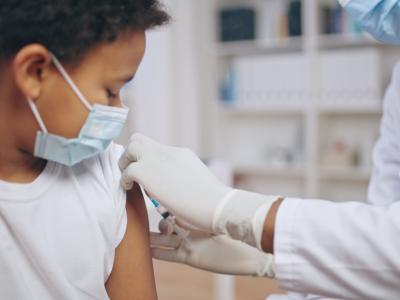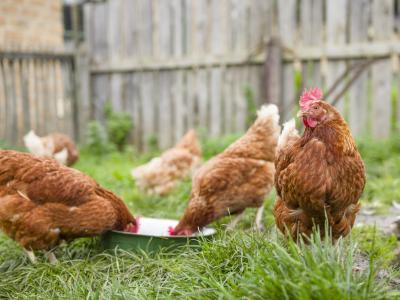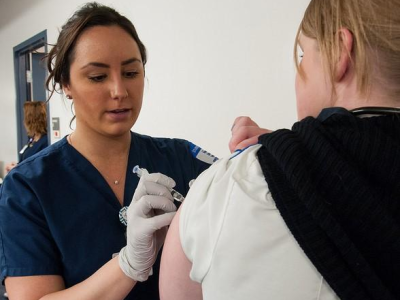H5N1 hospitalizes Egyptian man
Egypt's health ministry yesterday announced the nation's fourth H5N1 case of the year, which involves a 34-year-old from Minya who is hospitalized and on a ventilator, according to a report today from the Middle East News Agency (MENA).
The man was originally isolated at Minya Fever Hospital and has been transferred to a Cairo hospital. Health officials are monitoring the health of the man's family, and so far no avian flu symptoms have been detected, according to the report.
Egypt has reported three other H5N1 infections this year, according to earlier reports. The other patients include included a 56-year-old woman, a 4-year-old child, and an 86-year-old woman.
Egypt's count of H5N1 infections confirmed by the World Health Organization (WHO) has dropped sharply over the past 3 years. The country has had 173 cases since 2006, not including this year's infections, according to the WHO. So far 63 deaths have been reported. The country has the world's second highest numbers of infections and deaths.
Jun 26 MENA story
WHO cumulative H5N1 case count
Human transmission unlikely in family H5N1 cluster in Cambodia
An analysis of H5N1 avian flu cases in a mother and her child in Cambodia in 2011 suggests that there was no human-to-human transmission but that the two victims may have had a genetic susceptibility to the virus, according to a report today in Eurosurveillance.
The report focuses on a 19-year-old mother who got sick on Feb 4, 2011, and her 9-month-old baby boy, who became ill early the next morning. Both of them died, and H5N1 infection was confirmed posthumously.
Investigators collected specimens from 11 household and 3 neighbor contacts of the two patients, all of which tested negative for H5N1 by polymerase chain reaction (PCR). Also, no H5N1 antibodies were found in follow-up serum samples from the 11 household contacts.
In addition, 26 healthcare workers who were exposed to the two patients without adequate protective equipment stayed healthy in the ensuing 2 weeks.
The two patients had visited for 33 days in a village where poultry were dying, but they had no direct contact with sick or dead poultry. The researchers concluded that both the mother and child probably were infected through exposure to a contaminated environment.
The investigators determined that the patients had less exposure to sick poultry or their environments than other household members did, yet none of the household members were infected. "This suggests the possibility of genetic susceptibility as a risk factor for infection," they wrote.
Jun 26 Eurosurveillance report
Study finds diversity in H10N8 samples from human, poultry
Chinese researchers who analyzed samples from the country's first H10N8 avian influenza case, in an older woman from Jianxi province who died in December, and compared them with a sample from a poultry market found that the two were similar, but with different origins.
The team published its findings today in Eurosurveillance. So far three human H10N8 illnesses have been reported in China, two of them fatal. All were from Jiangxi province.
The researchers analyzed two H10N8 samples from the patient and one obtained from chickens at a poultry market where the woman had shopped. For all three viruses, the hemagglutinin (HA) and neuraminidase (NA) genes were similar, having spread from wild birds to ducks and then to chickens. The team also found that several other genes—the PA subunit of the virus polymerase complex, the nucleoprotein (NP), M, and nonstructural (NS) genes—were similar to those in H9N2 viruses from chickens
However, they found that the PB1 and PB2 genes of the poultry sample probably came from H7 viruses in ducks and that the same genes in the human samples probably came from H9N2 viruses circulating in chickens. Taken together, the findings suggest greater diversity in H10N8 viruses than previously thought, the team wrote.
Also, the human H10N8 viruses had the E627K substitution in the PB2 gene, which in other viruses such as H5N1 and H7N9 has been linked to increased virulence in mammals.
The researchers concluded that H10N8 viruses might have become established in poultry, requiring more intensive surveillance, and that role of H9N2 as gene donors for H10N8 and H7N9 viruses should be explored further, as should the role of H9N2 in enabling wild-bird influenza viruses to jump to humans.
Jun 26 Eurosurveill study










